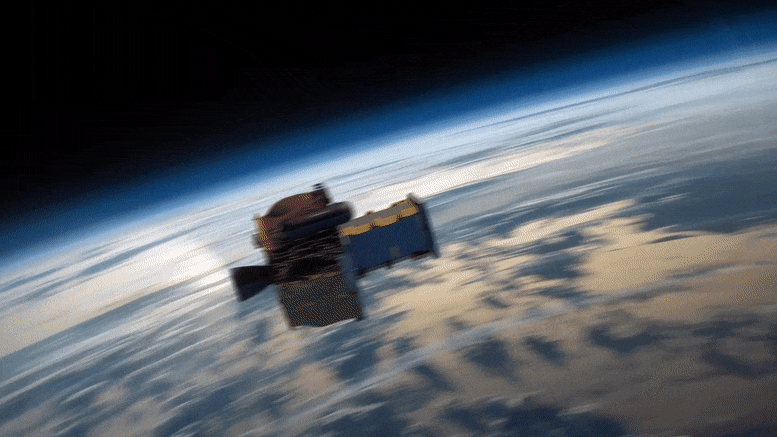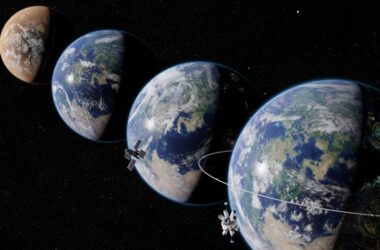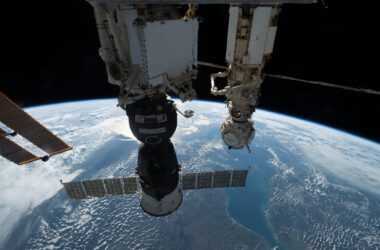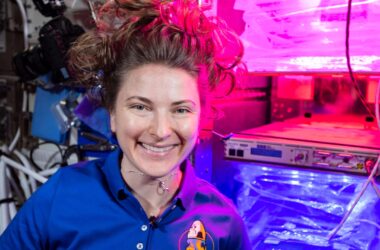
L’expérience CAPSTONE (Cislunar Autonomous Positioning System Technology Operations and Navigation Experiment) est un CubeSat qui volera sur une orbite unique autour de la Lune, destinée au futur avant-poste lunaire Artemis de la NASA. Sa mission de six mois contribuera à lancer une nouvelle ère d’exploration de l’espace profond. Crédit : NASA Ames Research Center
L’équipe de mission détermine la cause des problèmes de communication de CAPSTONE de la NASA
Après son lancement le 28 juin, CAPSTONE s’est mis en orbite autour de la Terre, attaché à l’étage supérieur Photon de Rocket Lab, qui l’a mis en position pour son voyage vers la Lune. Après un déploiement réussi et le début de la mise en service du vaisseau spatial le 4 juillet, le vaisseau CAPSTONE a connu des problèmes de communication alors qu’il était en contact avec le Deep Space Network (DSN). L’équipe de la mission, dirigée par Advanced Space, a rétabli le contact avec CAPSTONE à 9 h 26 EDT (6 h 26 PDT) le 6 juillet.
Maintenant, après un examen approfondi, les équipes ont établi ce qui a conduit aux problèmes de communication de CAPSTONE qui ont commencé le 4 juillet.
Lors de la mise en service de ;” data-gt-translate-attributes=”[{” attribute=””>NASA’s CAPSTONE spacecraft, the Deep Space Network team noted inconsistent ranging data. While investigating this issue, the spacecraft operations team attempted to retrieve diagnostic data on the spacecraft’s radio and sent an incorrectly formatted command that made the radio inoperable. The spacecraft fault detection system should have rebooted the radio immediately but did not because of a fault in the spacecraft flight software.
Eventually, CAPSTONE’s autonomous flight software system cleared the fault and brought the spacecraft back into communication with the ground, allowing the team to implement recovery procedures and begin commanding the spacecraft again.
While CAPSTONE was out of contact with Earth, the spacecraft autonomously maintained proper orientation to keep its antenna pointed towards Earth and allow the solar panels to keep the battery charged. CAPSTONE also used its thrusters to perform a standard maneuver to dump excess momentum from its reaction wheels, which are internal wheels that help the spacecraft rotate and point itself.
The mission operations team conducted CAPSTONE’s first trajectory correction maneuver at approximately 11:30 a.m. EDT (8:30 a.m. PDT) on July 7. Teams are currently reviewing the data to ensure the maneuver was successful. This maneuver is intended to more precisely target the spacecraft’s transfer orbit to the Moon.


